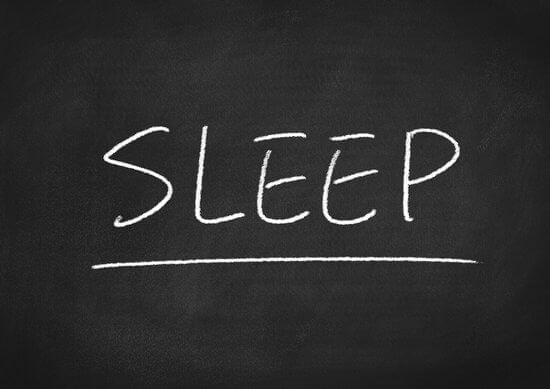Understanding sleep | Stages of sleep
Sleeping involves 4 phases ranging from three NREM stages to one REM. Read this article to know what your body experiences in each of these stages.

Sleep, an essential process of the human body, is nature’s best restorative pill. Sleeping involves 4 phases ranging from three NREM ( non-rapid eye movement) stages to one REM (rapid eye movement) stage. Typically, when a person sleeps, he/she begins from stage 1 and goes through each stage until reaching REM. Post that, the cycle of these sleep stages begins again. A single cycle takes somewhere around 90-110 minutes to complete, and each stage of this cycle attributes to different brain activity. For some stages, the body might make certain movements, whereas in some stages the legs and arms are immobile. Sufficient sleep during each stage is critical for a healthy body. Let’s understand the changes that the body experiences while going through each stage
Stage 1 – NREM 1
This stage involves a light sleep where most of us experience going in and out of sleep, and it is easier to wake. In NREM 1, the movement of the eyes and the body slows down, and one can experience sudden jerk-like movement in the legs or the muscles, also called myoclonic jerks. Since the motor areas of the brain stimulate spontaneously during this time, often, people experience a falling sensation during this stage.
Different studies have shown that in adults, men spend greater time in stage 1 sleep and experience more awakenings during this time, whereas women maintain slow-wave sleep longer than men.
Stage 2 – NREM 2
More than half of your total sleep in a sleep cycle is experienced in stage 2 sleep. During this stage, the brain activity becomes slower, and eye movement stops. This stage lasts for around 20 mins. As per the American sleep foundation, people spend about 50% of their sleep in this stage. Additionally, there could be brief bursts of rapid activity in the brain known as sleep spindles. The body experiences the following things in this stage:
- People become less aware of their surroundings
-
Drop in the body temperature
-
Breathing and heart rate become more regular
Earlier, stage three was divided into two individual stages, but later, experts combined the two. This is the delta stage wherein the brain sends delta waves, which are deep, slow brain waves that emerge from the brain and helps the body to go in rest.
During the delta stage, people become less susceptible to the noise around them. This stage also acts as a transitional period or a gateway from light sleep to a sound sleep. Furthermore, studies have found that sleepwalking, a sleep disorder, is more liable to occur during this stage. Additionally, waking up during NREM 3 tends to leave you groggy and disoriented for several minutes before your brain activity gets back to the normal speed.

Stage 3 -REM Sleep
REM or Rapid Eye Movement is the final stage of a sleep cycle. On entering this cycle, the breathing becomes shallow, irregular, and fast. There is a rapid movement of the eyes, and the muscles are unable to move. There is an increase in heart rate and blood pressure. Also, there are chances of men developing erections during this stage. 20% of sleep among adults is attributed to REM sleep.

REM sleep is also called a paradoxical sleep since, during this time, the muscles become relaxed, whereas the brain and other body systems become more active. Additionally, this stage involves dreaming due to an increase in brain activity and a halt in the movement of voluntary muscles. On average, humans – adult or child, dream for at least two hours every day. REM sleep starts 70 to 100 minutes post falling asleep. As the morning comes near, there is an increase in REM sleep and a decrease in the deep stage sleep.
The Sequence of Sleep
One must remember that sleep does not necessarily follow the same order. It begins with stage 1 and moves on to stage 2 and 3. Before entering the REM stage, the sleep cycle goes back to stage 2 from stage 3. Post REM sleep, the body goes back to stage 2. There are four to five sleep cycles during a single night of sleep. REM sleep is achieved 90 minutes after falling asleep.
Although sleep is considered as a passive process, it is a significant one controlling a lot of activities. Experts all over the world have proven multiple times that, while sleeping, the brain is extremely active as it goes from one sleep stage to another. Sleeping is responsible for various functions and processes, including brain cleanup, boosting energy, increasing serotonin, improving immunity. among others. The amount of restorative sleep every night changes from person to person as the age increases. Following healthy sleeping habits like avoiding blue lights before sleeping, eating healthy, exercising regularly, cutting down on caffeine can help you get sufficient REM sleep.

